How Often Would An Amateur Golfer Hit The 12th Green At Augusta National?
The stunning 12th hole at Augusta National is an iconic Masters test, but have you ever wondered how you might fare against the famous par 3 at Amen Corner?
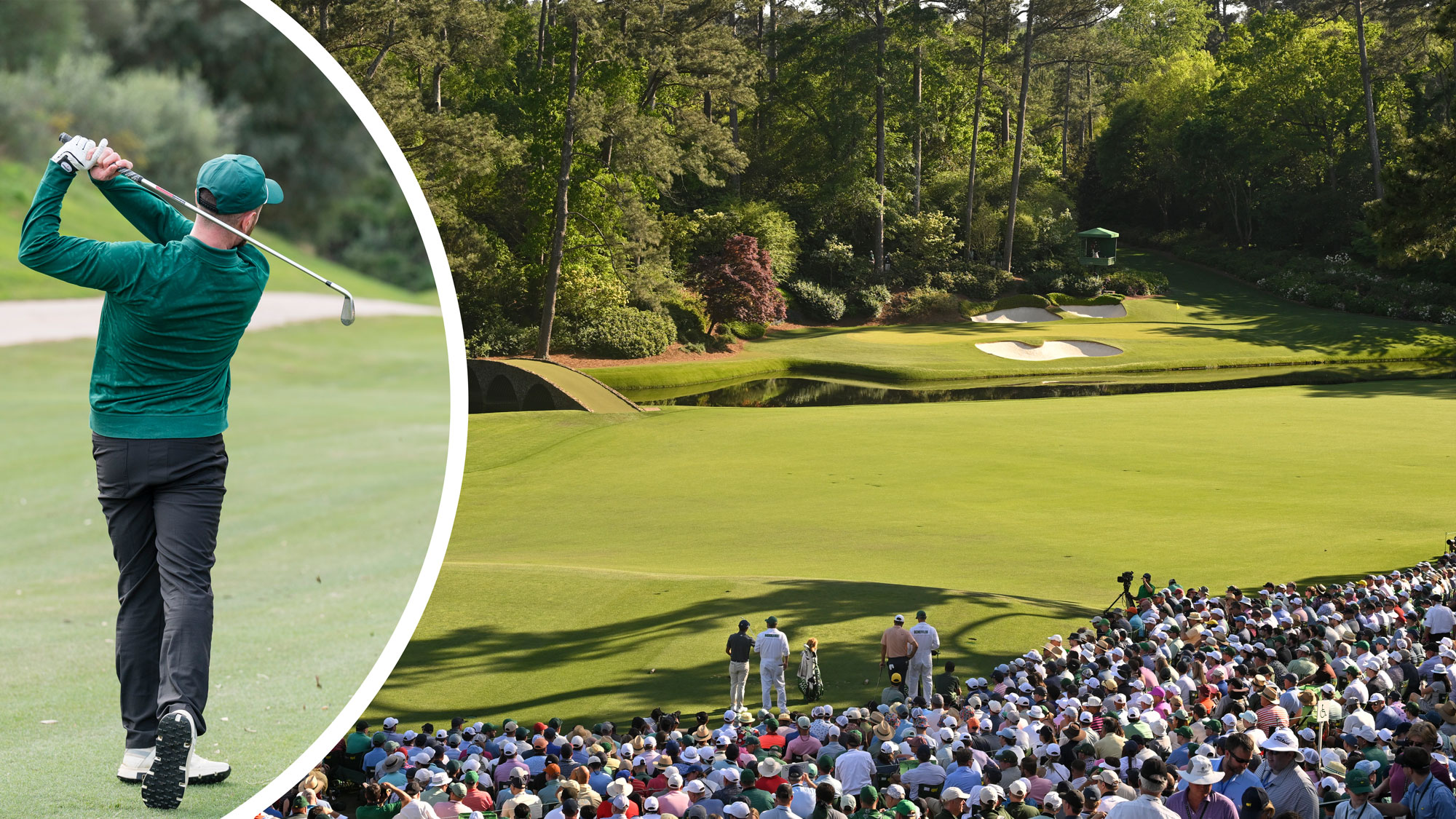
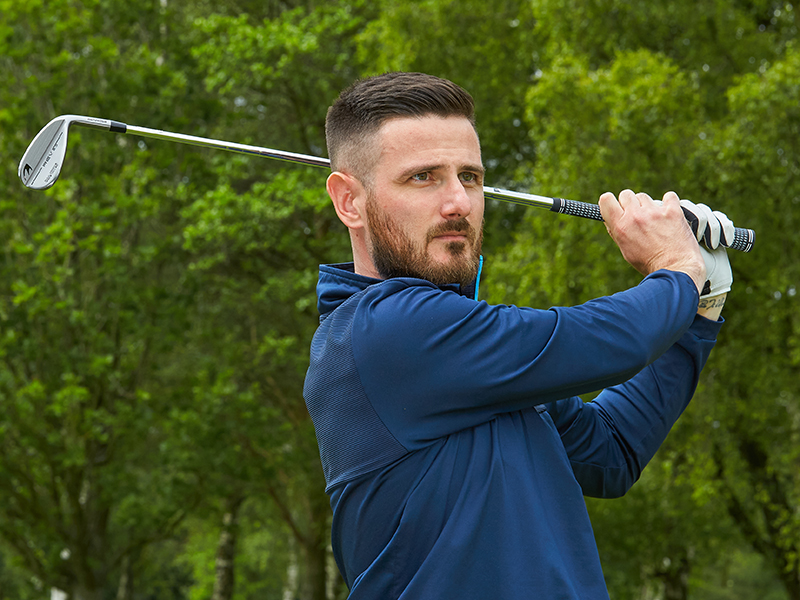
Let's be honest, we have all dreamed of playing the 12th hole at Augusta National.
After seeing the top players in the game take it on at The Masters every year, witnessing the full spectrum of outcomes ranging from delightful to disastrous, it can't just be me that wonders how I would get on if given the chance.
Unless you are as lucky as my colleague Dan Parker, who played Augusta National while covering The Masters for Golf Monthly last year, you might have to be a little more creative in your search for answers - but we can help you to find them.
According to the latest Shot Scope data, the average amateur might need to purchase a few more golf balls before taking on the famous Amen Corner par 3...
Augusta National's 12th Hole: Could You Hit The Famous Green At Amen Corner?
When players are in pursuit of a Green Jacket, and teeing it up in front of a gallery of expectant patrons, you can understand why this hole provides such volatility in scoring.
This 155 yard par 3 requires ultimate precision, with the penalty of Rae's Creek short and a trio of perilous bunkers positioned at the front and back of the putting surface.
The 12th historically plays over-par, at around 3.27 shots, making it the fourth hardest hole at Augusta National.
Get the Golf Monthly Newsletter
Subscribe to the Golf Monthly newsletter to stay up to date with all the latest tour news, equipment news, reviews, head-to-heads and buyer’s guides from our team of experienced experts.
Competitors at The Masters get up-and-down around 62% of the time when missing the green, leading to costly dropped shots over the course of four tournament rounds, which could be the difference between victory and defeat.
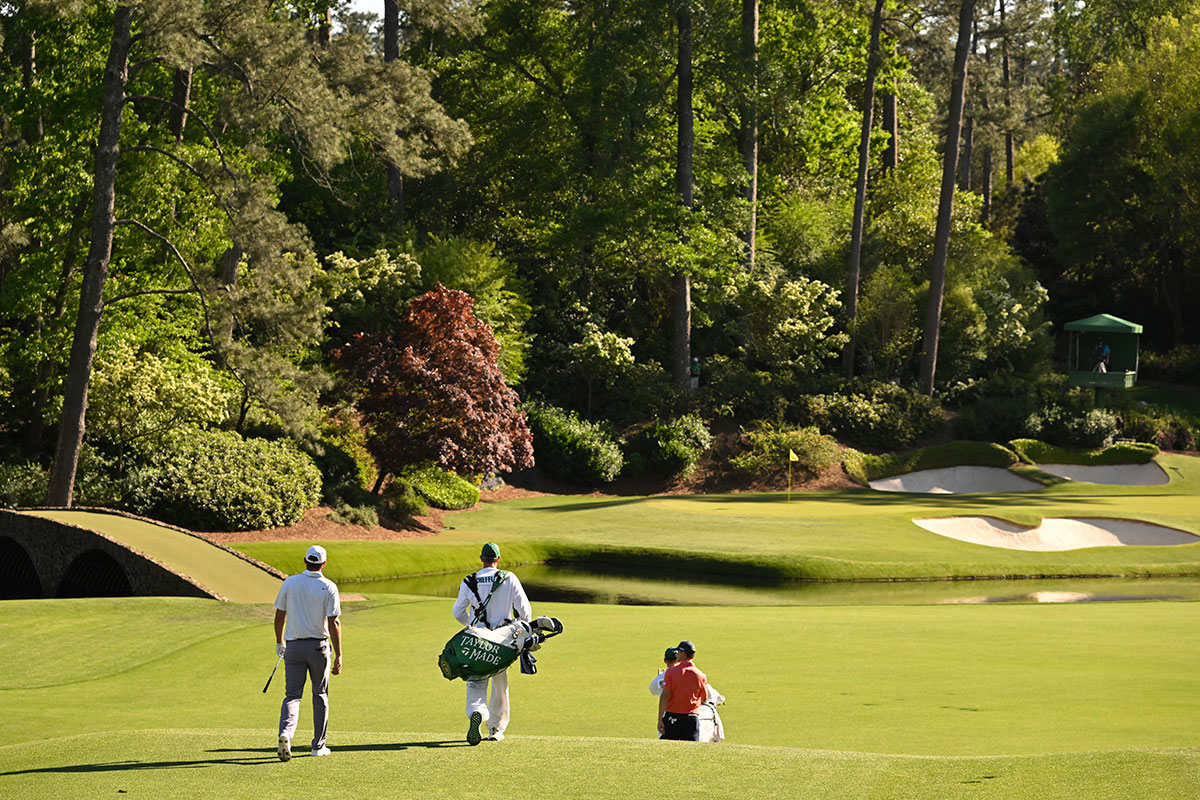
Finding the green on the 12th hole at Augusta National is a tough task for the professionals, but how would the average amateur cope?
When taking data from shots of a similar distance (150 yards), you'll be unsurprised to hear that the likelihood of amateur golfers finding the green decreases as the handicap index increases.
On average, a scratch golfer finds the green 55% of the time from 150 yards. That probability drops to 30% for a 10-handicapper and 17% for a 20-handicapper.
While the shape, depth and width of the green will impact those figures, I am surprised that most mid- to high-handicappers would struggle to hit the green four times out of ten attempts.
A post shared by Golf Monthly (@golfmonthly)
A photo posted by on
The popular miss tends to be short, which spells danger on a hole like the 12th at Augusta National - often leading to penalty shots and big scores on the card.
From this distance, the average scratch golfer misses short 19% of the time, rising to 35% for a 10-handicapper and 50% for a 20-handicapper. That's a lot of balls holding up in that famous swirling wind above Amen Corner and resulting in a wet conclusion.
Long is far less common for amateur golfers, meaning visits to the back bunkers behind the green or even the foliage surrounding them is not as likely.
Irrespective of handicap index, players miss long from 150 yards between 4% and 6% of the time, perhaps providing some relief in the knowledge that the danger beyond is not really in-play for most.
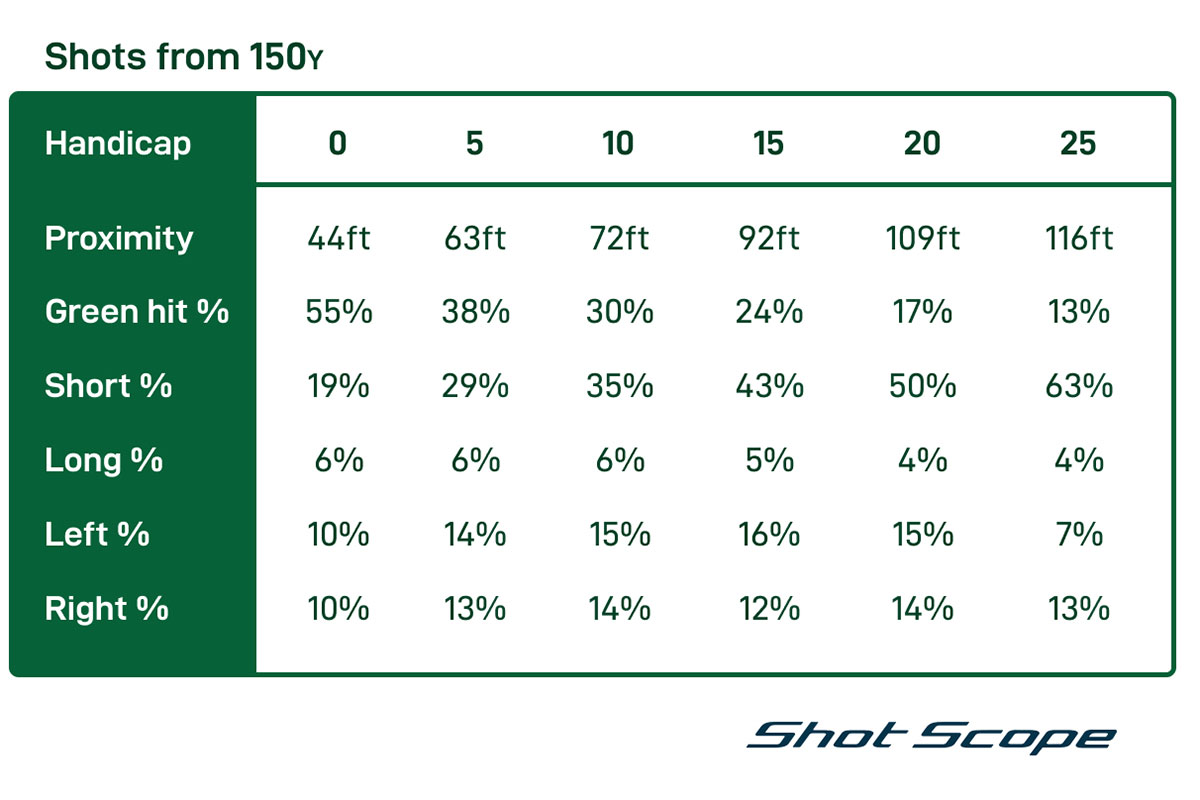
This data, provided by Shot Scope, suggests that a short miss could spell danger for amateur golfers hoping to take on holes of a similar length to the 12th at Augusta National
As you can see in the table above, players are generally just as likely to miss to the left as they are to the right, unless you look specifically at higher-handicap players who favour a right miss.
Proximity is also interesting when you consider the narrow hour-glass shape of the green on the 12th hole at Augusta National.
Based on the data in the table above, those that find the putting surface are likely to have an unlikely long-putt for birdie, or more likely a tricky two-putt for par.
I'll be honest - I'd take that. Especially after spending my entire backswing silently screaming at myself not to shank it into Rae's Creek.
The Masters Quiz: How Well Do You Know Multiple Masters Champions?

Barry joined Golf Monthly in January 2024, and now leads the instruction section across all platforms including print and digital. Working closely with Golf Monthly's Top 50 Coaches, he aims to curate and share useful tips on every aspect of the game - helping amateurs of all abilities to play better golf. A member at Sand Moor Golf Club in Leeds, he looks forward to getting out on the course at least once a week in the pursuit of a respectable handicap.
Barry is currently playing:
Driver: Benross Delta XT Driver
Hybrid: TaylorMade Stealth 4 Hybrid
Irons: Benross Delta XT 5-PW
Wedges: TaylorMade RAC 60, Callaway Jaws MD5 54
Putter: TaylorMade Spider Tour
You must confirm your public display name before commenting
Please logout and then login again, you will then be prompted to enter your display name.
-
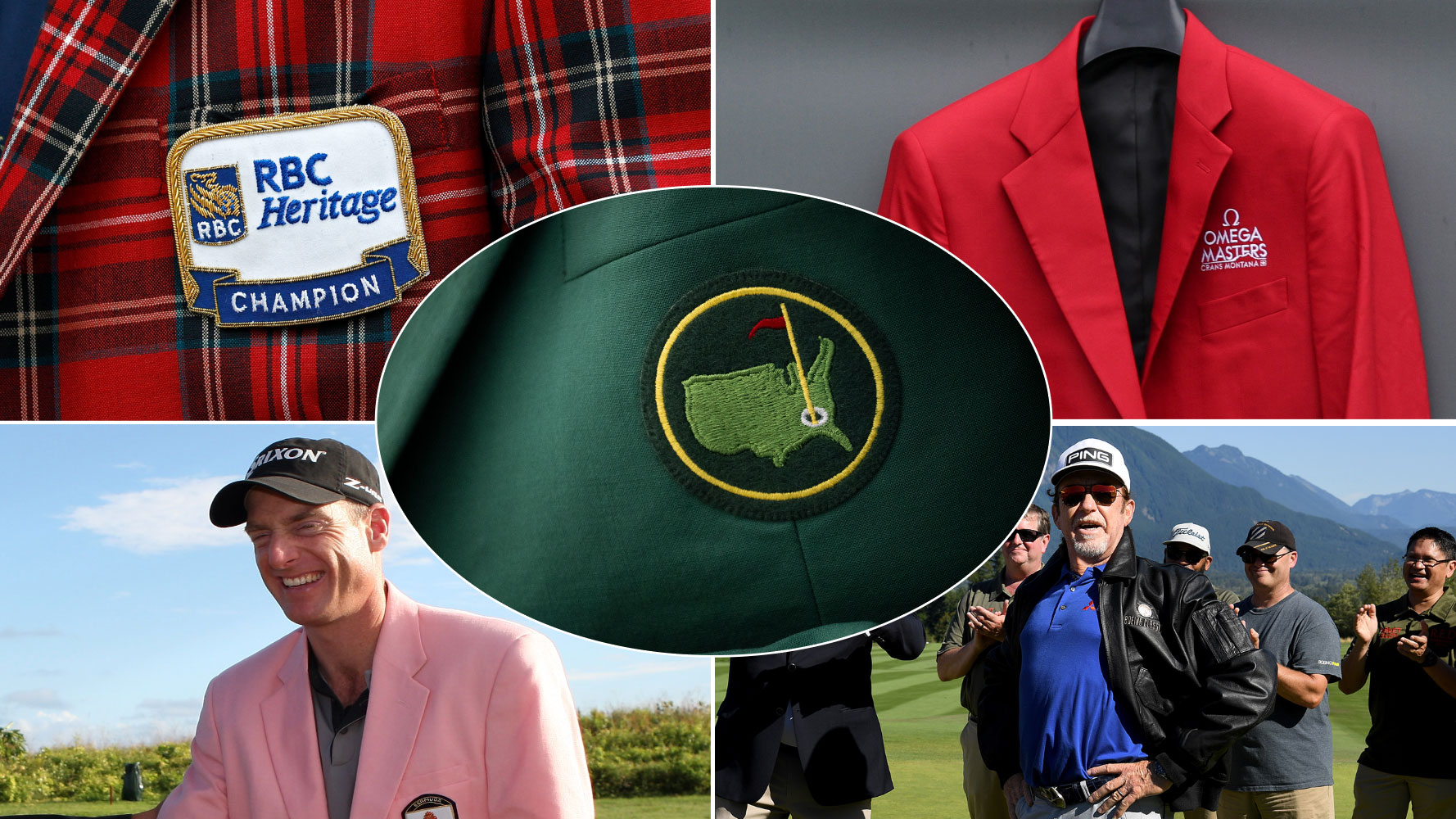 The Masters Has The Green Jacket, But Which Other Pro Golf Tournaments Offer Jackets To The Winners?
The Masters Has The Green Jacket, But Which Other Pro Golf Tournaments Offer Jackets To The Winners?It's not all about the trophy and the prize money - there are some nice (and no so nice) jackets up for grabs
By Michael Weston Published
-
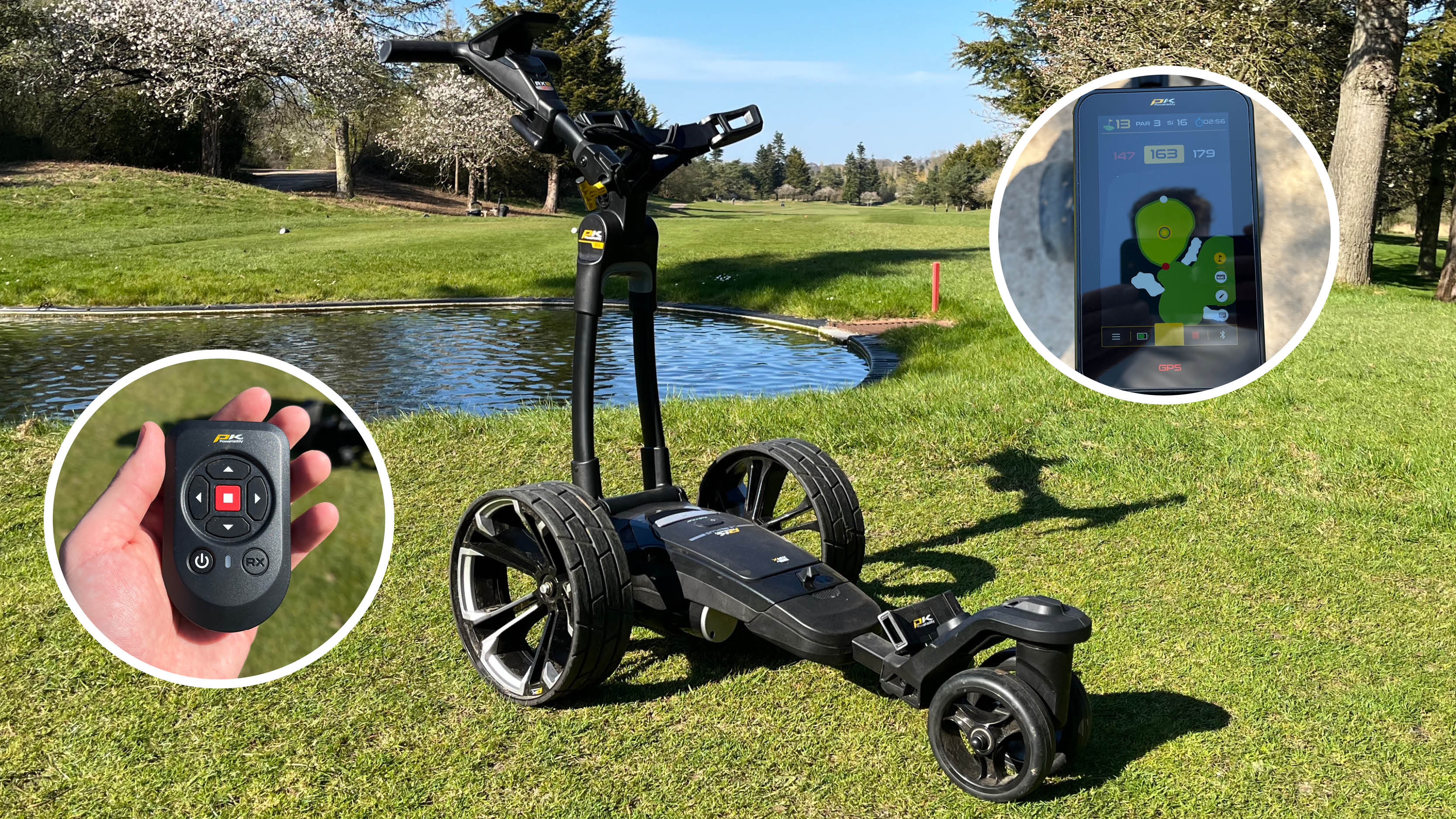 PowaKaddy RX12 GPS Electric Trolley Review
PowaKaddy RX12 GPS Electric Trolley ReviewPowaKaddy's flagship remote trolley has been given a huge update for 2025, but what was it like to use on the golf course?
By Dan Parker Published
-
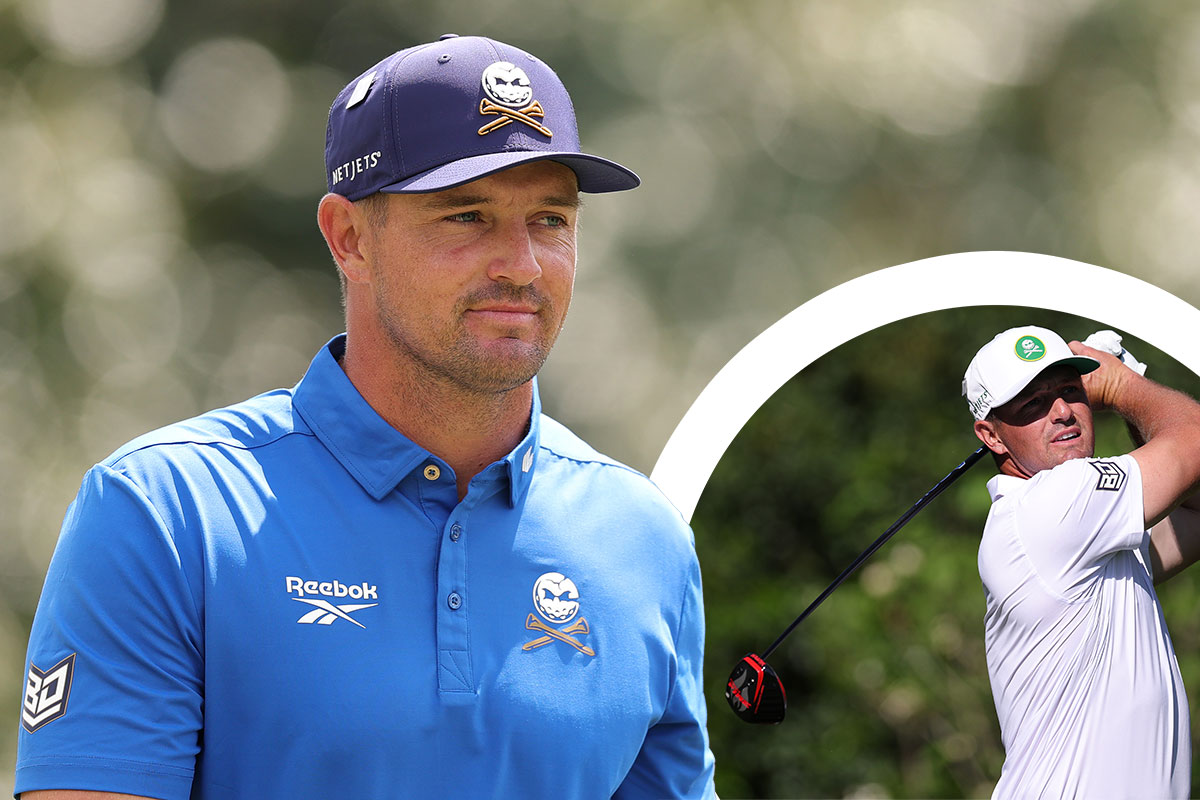 The 4 Players Hitting It Further Than Bryson DeChambeau At The 2025 Masters
The 4 Players Hitting It Further Than Bryson DeChambeau At The 2025 MastersBryson DeChambeau is renowned for his immense power and distance off the tee, so I was interested to learn these four players are outdriving him at The Masters
By Barry Plummer Published
-
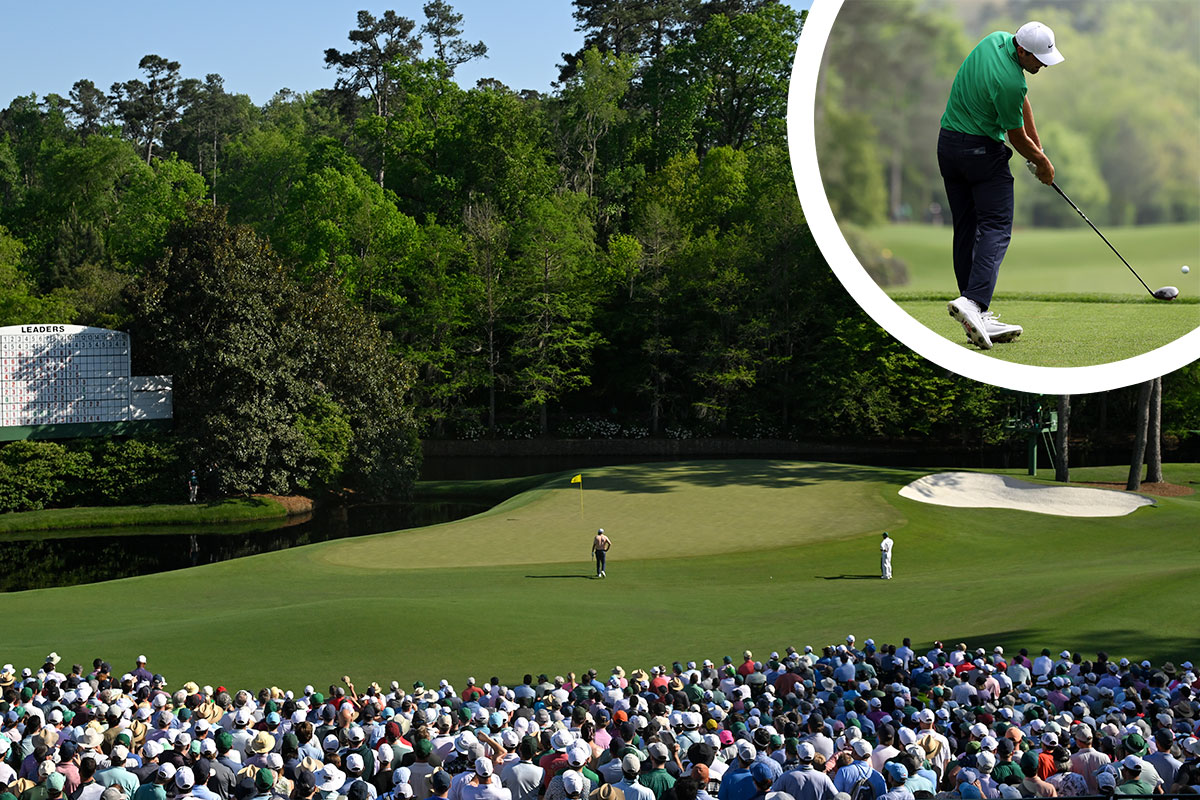 How Have The Last 10 Masters Winners Fared On The Hardest Hole At Augusta National?
How Have The Last 10 Masters Winners Fared On The Hardest Hole At Augusta National?The hardest hole at Augusta National has stolen its fair share of shots over the years, but how did the last ten winners of The Masters start Amen Corner?
By Barry Plummer Published
-
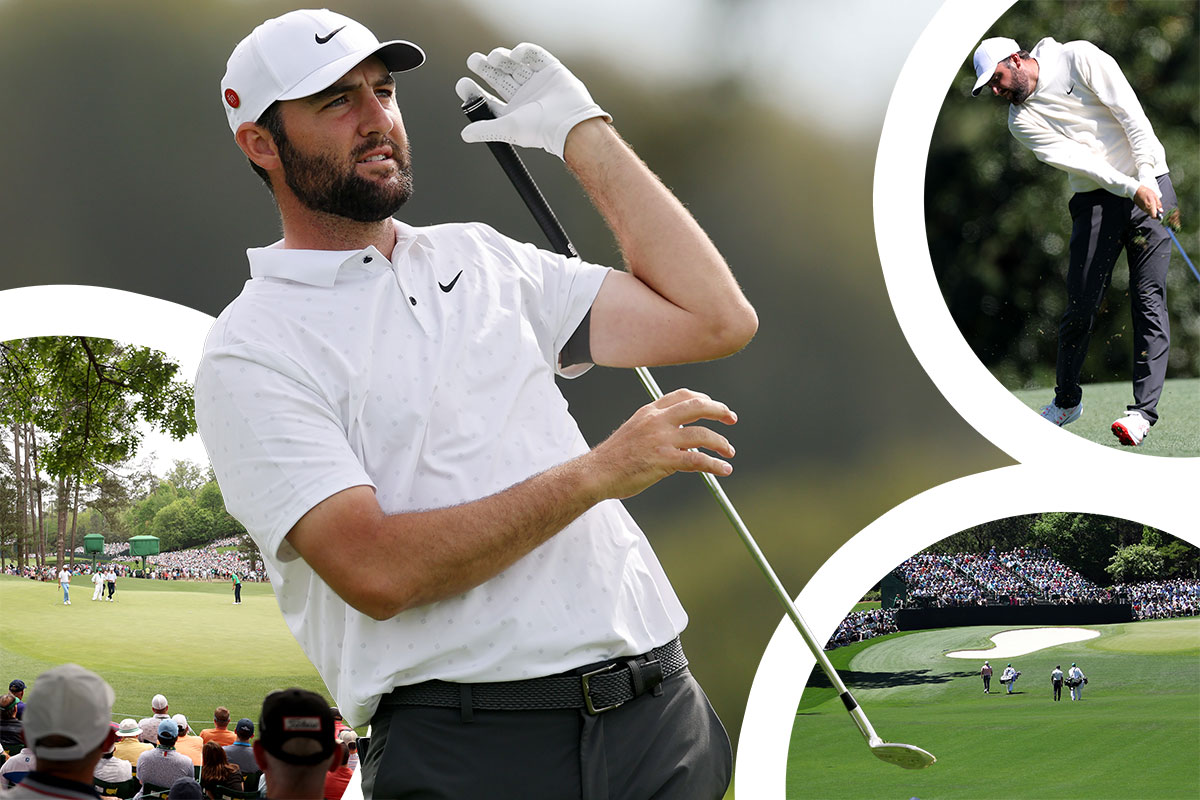 This Testing Augusta Trio Has Bamboozled Scottie Scheffler (It's Not Amen Corner) – Does It Hold The Key To Masters Success?
This Testing Augusta Trio Has Bamboozled Scottie Scheffler (It's Not Amen Corner) – Does It Hold The Key To Masters Success?Scottie Scheffler can appear to be superhuman when playing his best golf, but even the World No.1 struggles on this tricky trio of holes at Augusta National
By Barry Plummer Published
-
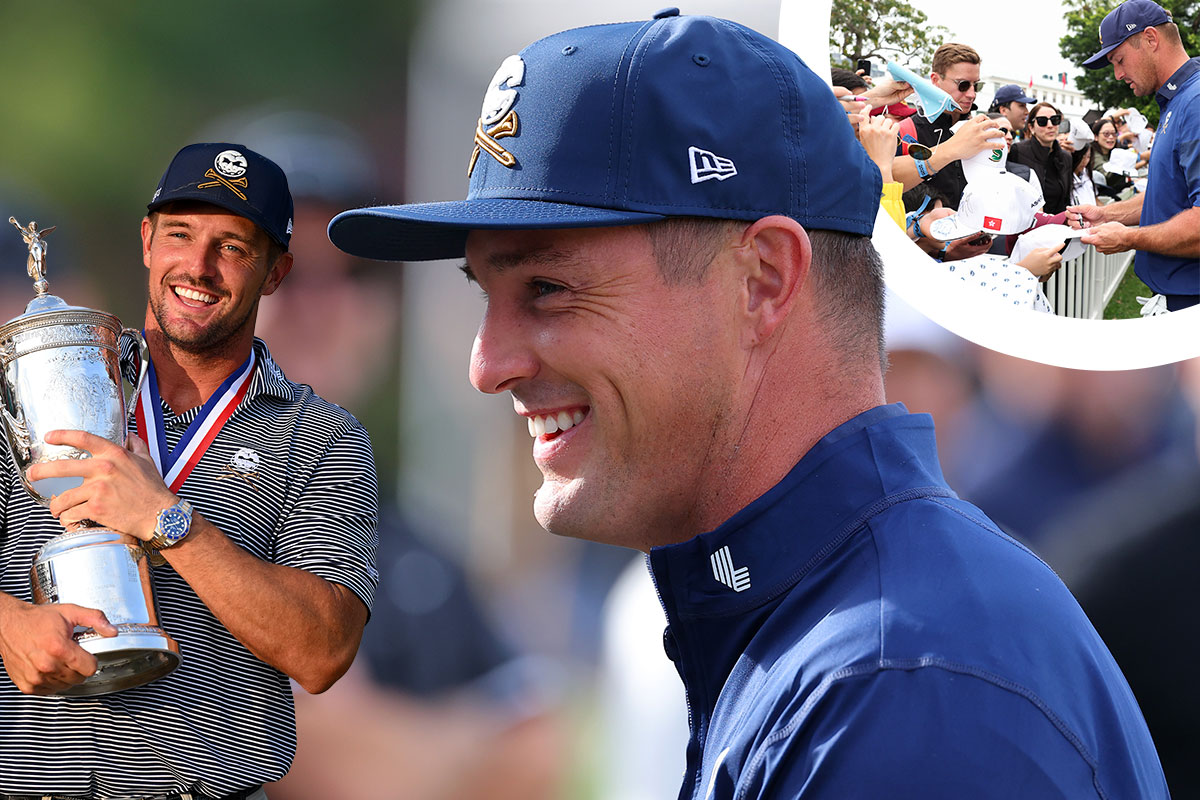 Sorry LIV Golf Haters… Bryson Winning The Masters In 2025 Would Be The Best Outcome For The Game
Sorry LIV Golf Haters… Bryson Winning The Masters In 2025 Would Be The Best Outcome For The GameBryson DeChambeau is the hero we need to lead the sport forward, and I don't particularly care where he plays his golf – I still want him to win The Masters!
By Barry Plummer Published
-
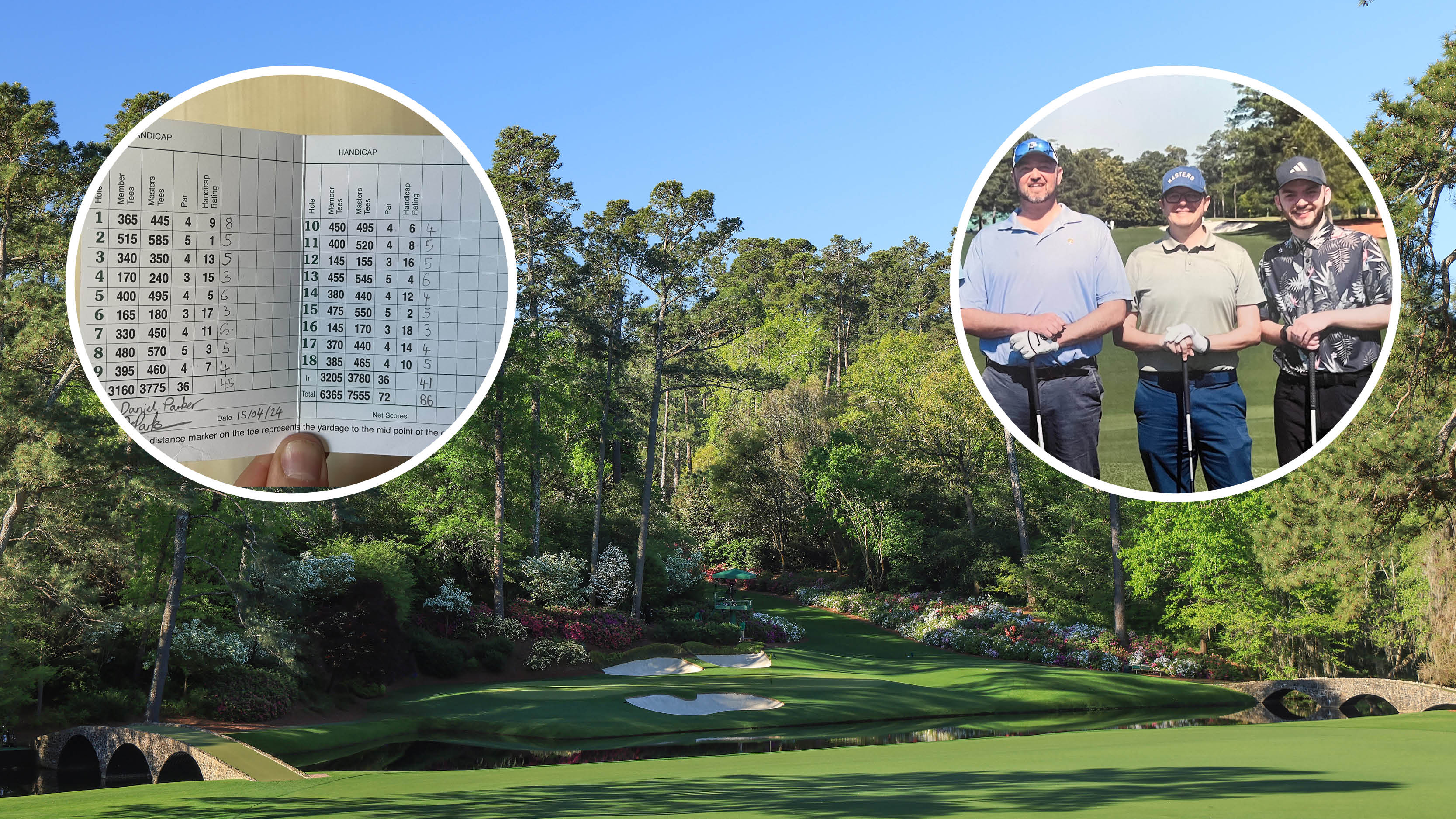 I Played Augusta National Last Year... These 5 Things Really Surprised Me
I Played Augusta National Last Year... These 5 Things Really Surprised MeI was lucky enough to play Augusta National the day after last year's Masters. Here are my key takeaways from that exhilarating experience...
By Dan Parker Published
-
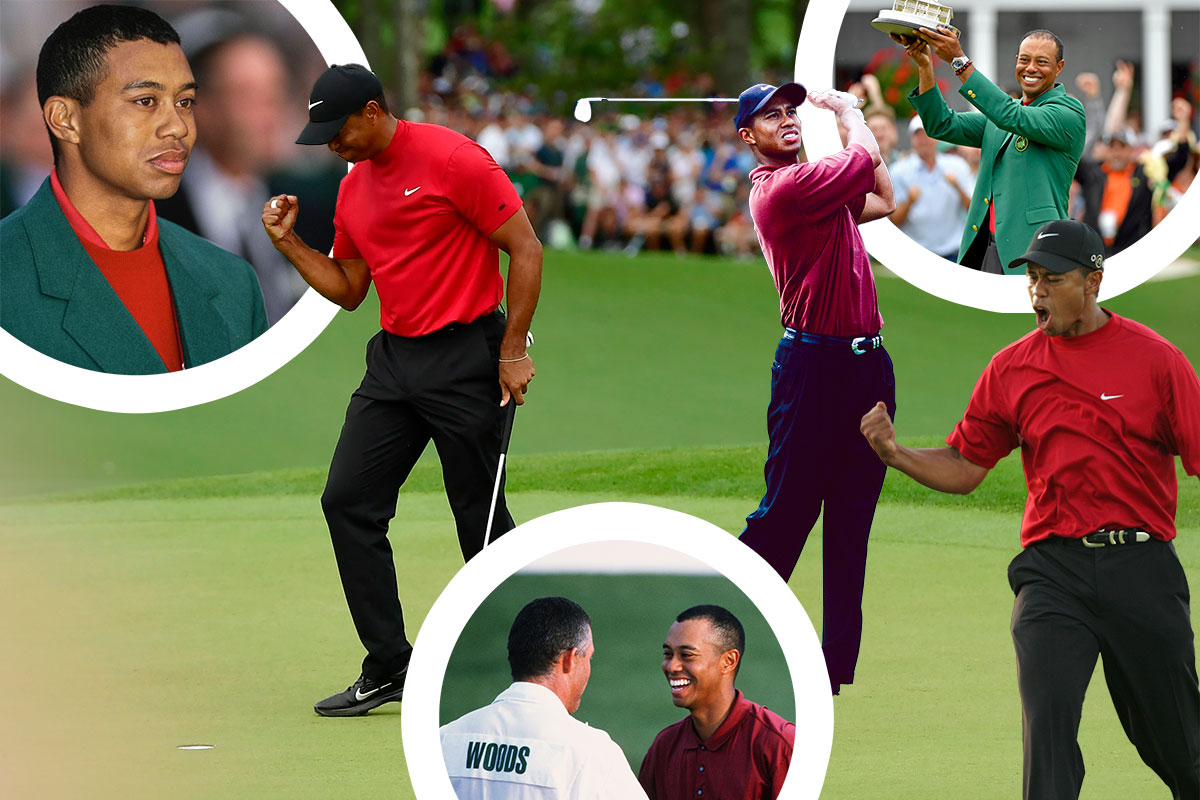 The 10 Best Shots Of Tiger Woods' Masters Career, Ranked
The 10 Best Shots Of Tiger Woods' Masters Career, RankedTiger Woods has played in 26 different editions of The Masters, winning five Green Jackets in the process. But, what were his 10 best shots at Augusta National?
By Barry Plummer Published
-
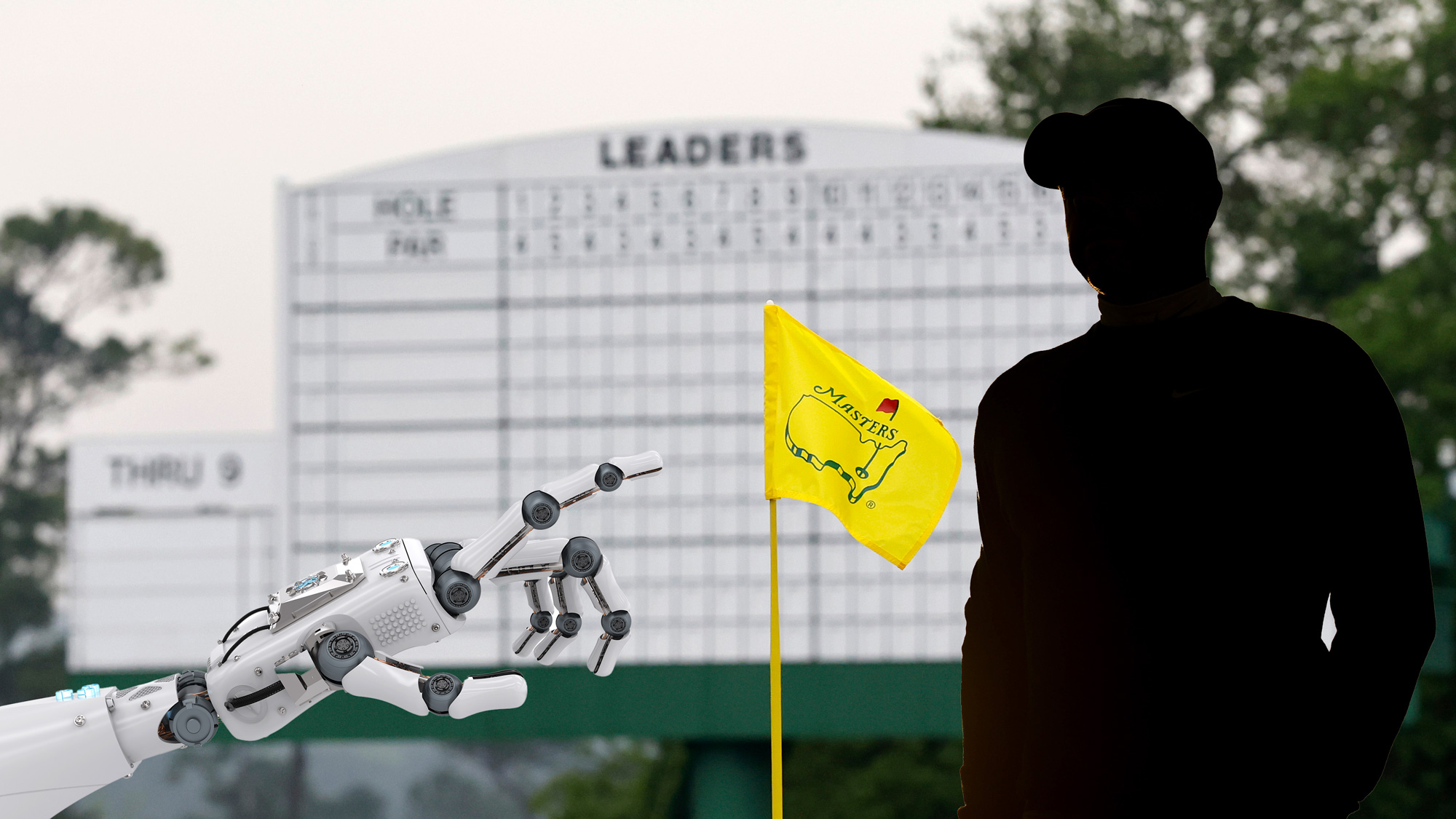 I Asked AI To Predict The Winner Of The Masters in 2025... Can You Guess Who It Suggested?
I Asked AI To Predict The Winner Of The Masters in 2025... Can You Guess Who It Suggested?With AI's rapidly growing role in our daily lives, I thought I'd ask it to help with something of huge importance this week... predict who will win The Masters!
By Barry Plummer Published
-
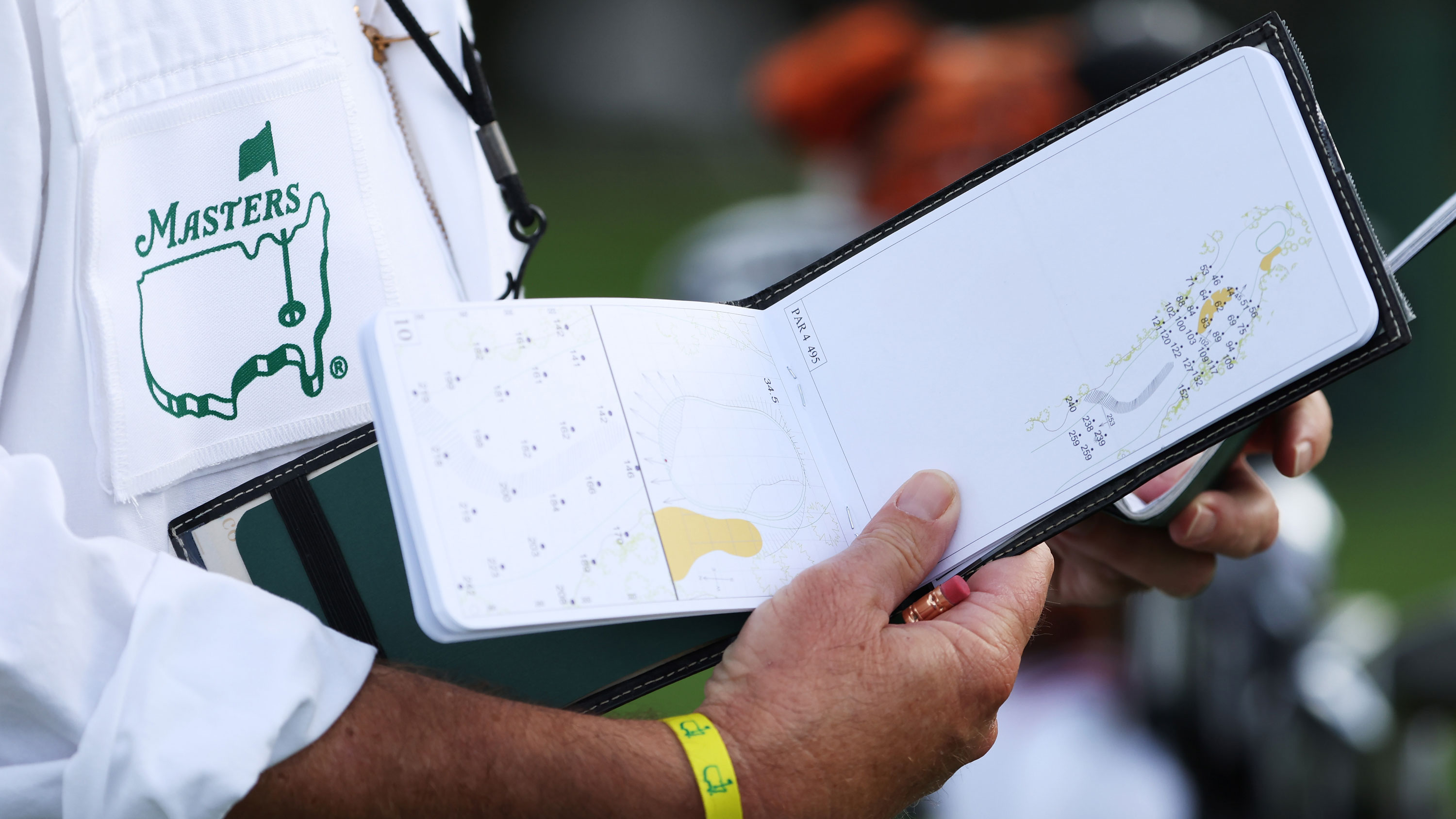 Three Caddies With 70+ Years Of Masters Experience Spill Their Augusta National Secrets
Three Caddies With 70+ Years Of Masters Experience Spill Their Augusta National SecretsVeteran caddies Billy Foster, Ricci Roberts and Terry Mundy share their memories of Augusta National and offer some insight as to what goes on inside the ropes...
By Mark Townsend Published